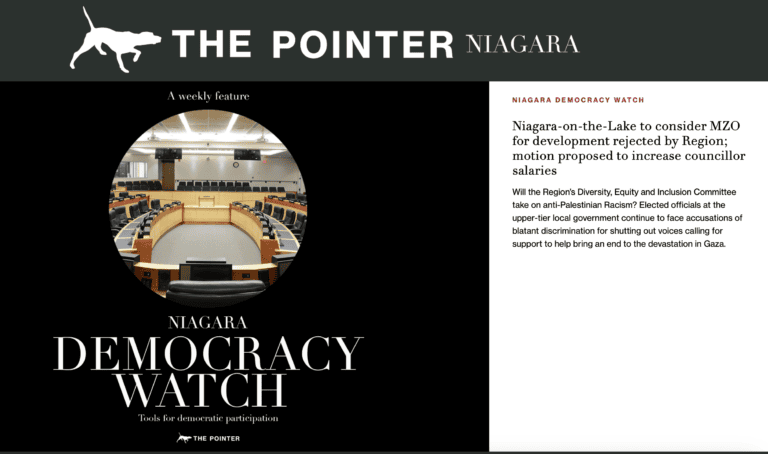Beginning in September 1917, camps were organized on the Niagara Commons to provide two months of training for Polish volunteers recruited in the United States. The objective was to prepare them for a Polish army, which was quietly being assembled in France to free Poland from foreign rule. In November 1917, there were over 4,000 volunteers in camp. The camps were multinational efforts. The French government paid volunteers five cents a day and promised an annual bonus of $150. The American Red Cross and the YMCA provided recreation tents and the Buffalo Polish-American Citizens Organization helped clothe, feed and transport the men to Niagara. Canadian officers supervised the training and many town residents provided free accommodation during the winter of 1917. By the time the last camp closed in March 1919, more than 22,000 men had been trained and 21,000 of them had been sent to France to serve in the Polish Blue Army – so named because of their distinctive light-blue uniforms. In November 1917, the world-renowned pianist, Jan Paderewski, who later became the premier of free Poland, and his wife Helena visited Niagara Camp. He was a spokesperson for Polish nationalism and he is seen here inspecting the troops.










